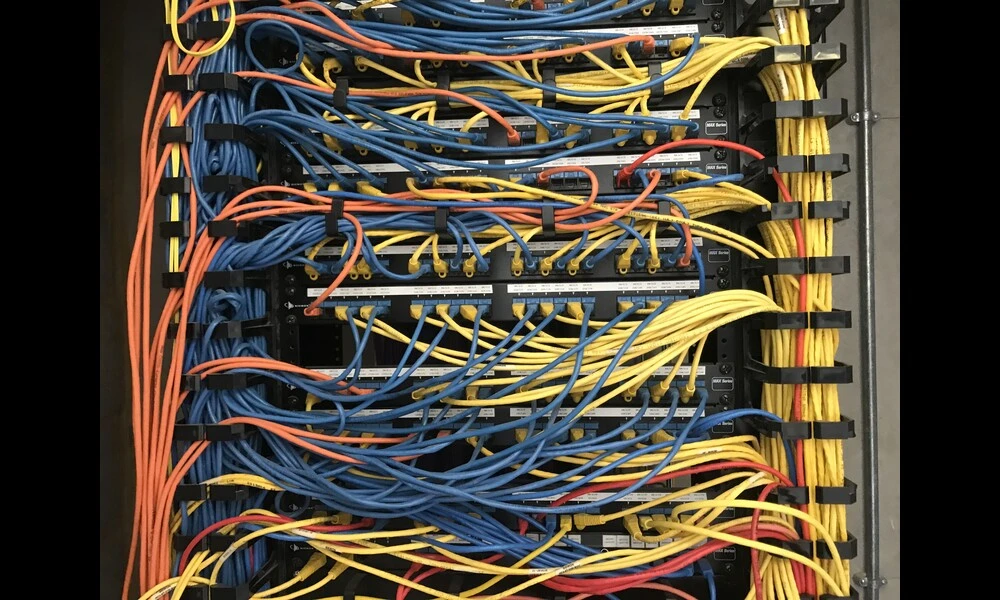New Framework for Measuring Network Complexity and Performance
Published on Thu Sep 07 2023 Data | Steve Bowbrick on Flickr
Data | Steve Bowbrick on FlickrNew research has proposed a framework for evaluating the complexity of different network abstraction models. The study found that some existing network abstractions, such as Kubernetes and Cisco Application Centric Infrastructure (ACI), are efficient for storing network policies. However, other abstractions, particularly those used in public cloud networks, are still marked by excessive complexity.
The complexity of computer networks is a critical issue as they underpin the function and availability of applications. Despite the importance of network stability, misconfigurations and human errors continue to contribute to network outages. Automating network changes can help reduce errors, but there is a need for simplified network abstractions that make it easier for humans to manage and understand network policies.
The study evaluated the complexity of network abstractions using graph-based metrics. It considered factors such as the number of nodes, types of nodes, number of edges, and the dependency of the model on the underlying infrastructure. The proposed framework was used to compare different topologies using the same network abstraction model, as well as to compare the same topology modeled with different network abstractions.
The findings revealed that Kubernetes and Cisco ACI were the simplest network abstractions according to the metrics used in the study. Public cloud network models, such as those used in Azure, still performed better than traditional command-line interfaces but were considered more complex due to their reliance on infrastructure-type configuration nodes without adding value to the network policy.
One notable difference between Kubernetes and other network abstractions was the use of loose couplings implemented with free-text labels. While this approach could introduce complexity and potential errors, it also offered greater flexibility in deploying and troubleshooting network resources. On the other hand, tight couplings used in abstractions like Cisco ACI and Microsoft Azure could make object renaming challenging.
The study concludes that cloud networks should evolve, drawing inspiration from models like Kubernetes or group-based policy systems like ACI or Apstra. The future network abstractions should prioritize IP-address-independent policies for routing and traffic segmentation and group endpoints based on topology-independent attributes. Overall, these findings provide insights into the complexity of different network abstractions and suggest potential improvements for more efficient and manageable networks.



